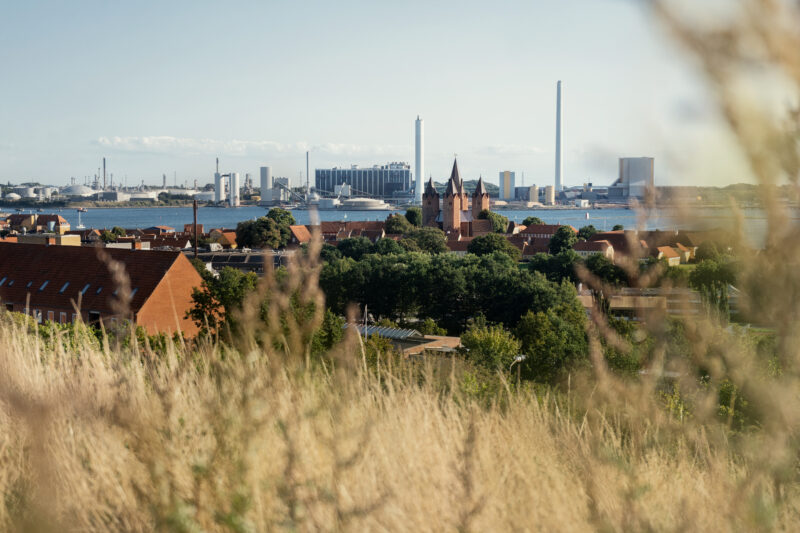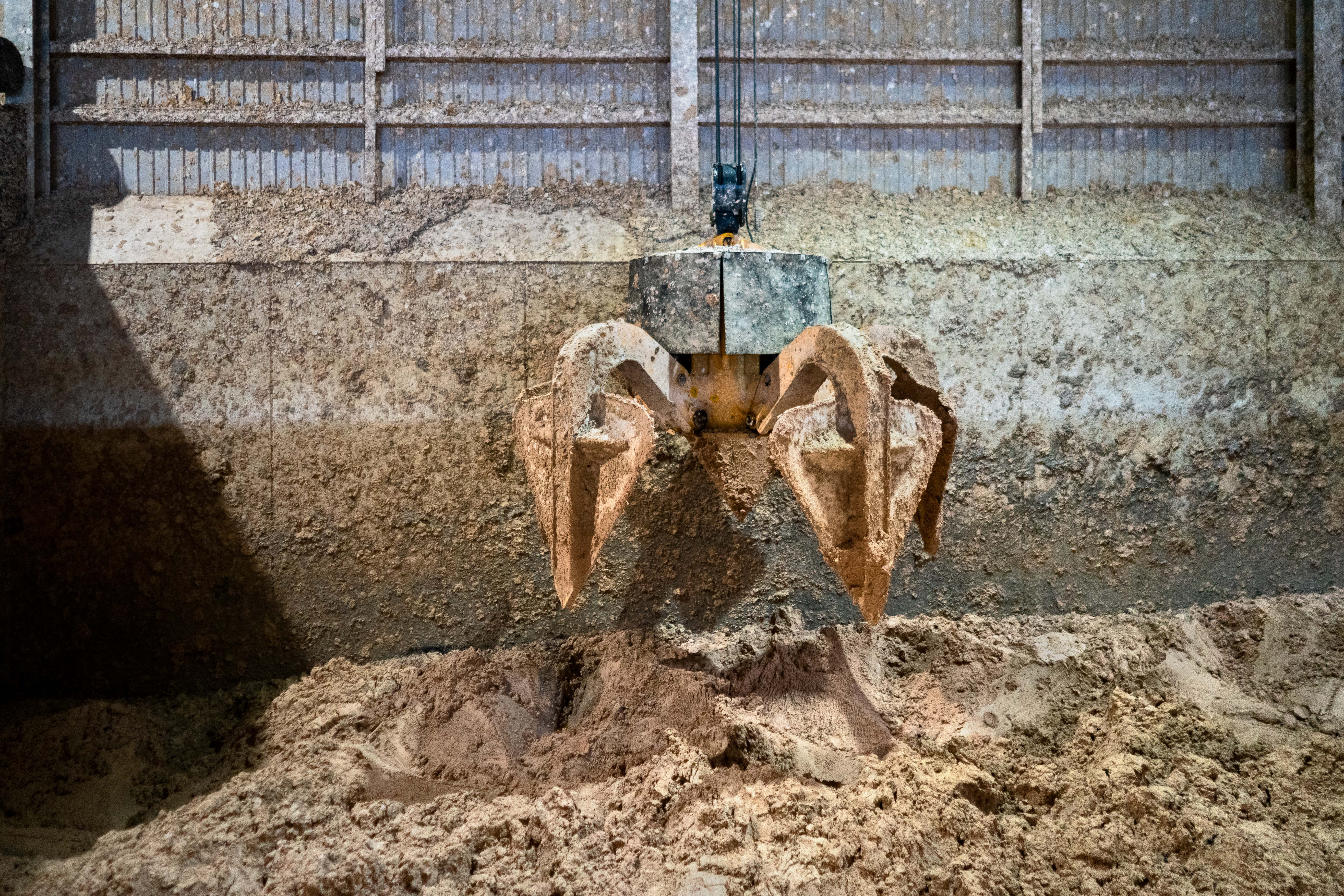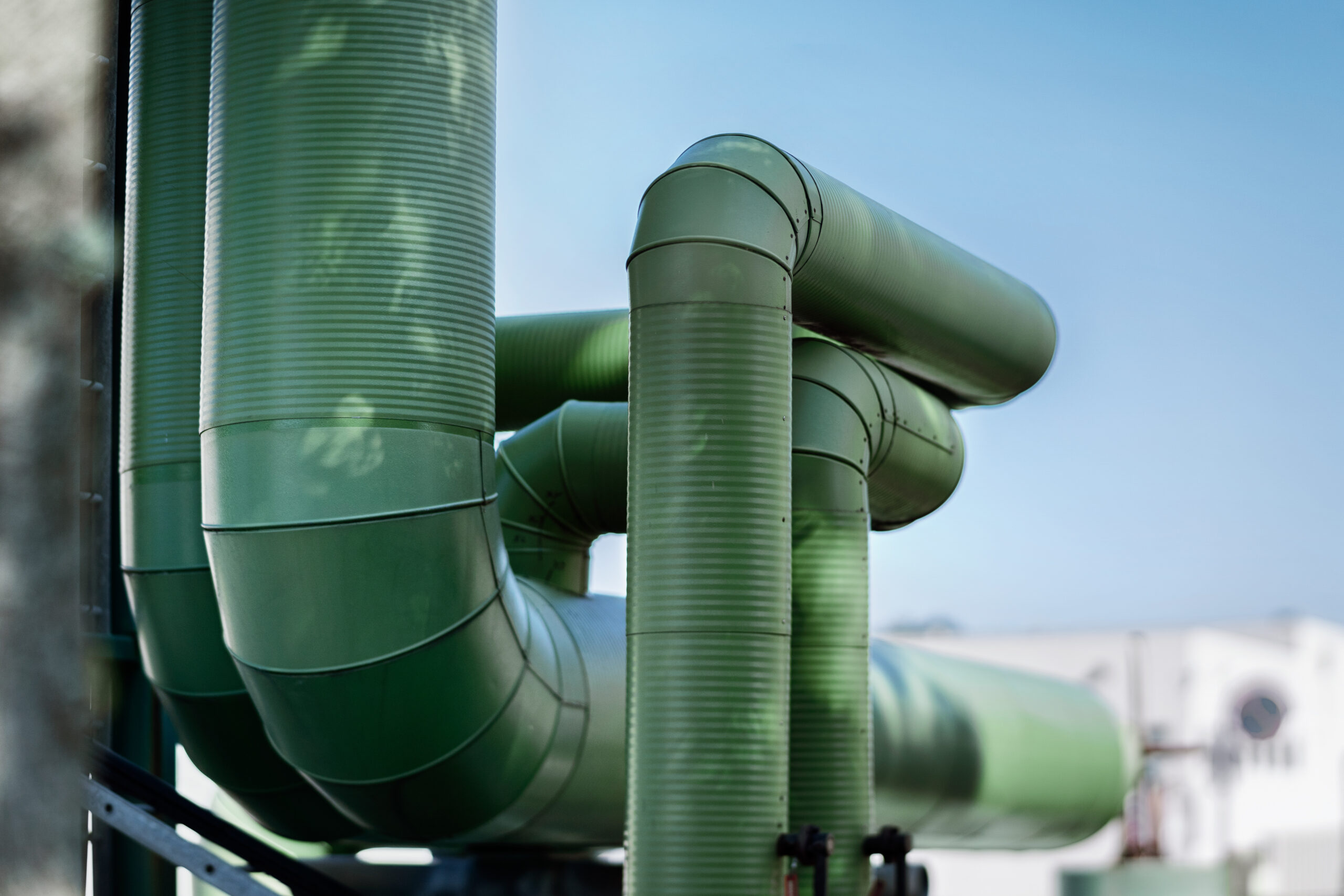Developed back in 1972, Kalundborg Symbiosis was the first industrial symbiosis in the world. With its circular approach to production, Kalundborg Symbiosis remains as one of the world’s leading industrial symbioses and is today a partnership between sixteen public and private companies in the municipality of Kalundborg in Denmark. The project facilitates an opportunity for the companies to synergistically leverage each other’s residual and byproducts, sharing and reusing resources, thus making savings and minimizing waste.
The collaborative approach bolsters production without imposing additional strains on energy, water, or natural resources. For example, biotech companies such as Novozymes and Novo Nordisk contribute with their residual biomass to Kalundborg Bioenergy, a biogas plant owned and operated by Bigadan. Here, biogas is produced and upgraded to natural gas quality through a refining process where carbon dioxide and hydrogen sulphide are removed from the product. Biomethane is sent to local companies, Gyproc, Unibio and Kalundborg Refinery, and to end consumers via the national gas grid. Sulphur from the hydrogen sulphide fraction is collected and reused in fertilizer products together with the gasified biomass residual. In conclusion, the symbiosis turns one company’s waste into a steady resource flow for another, benefiting both the environment and the economy.













